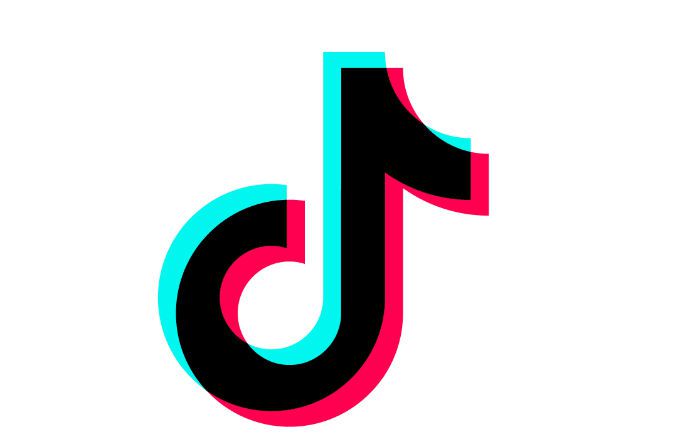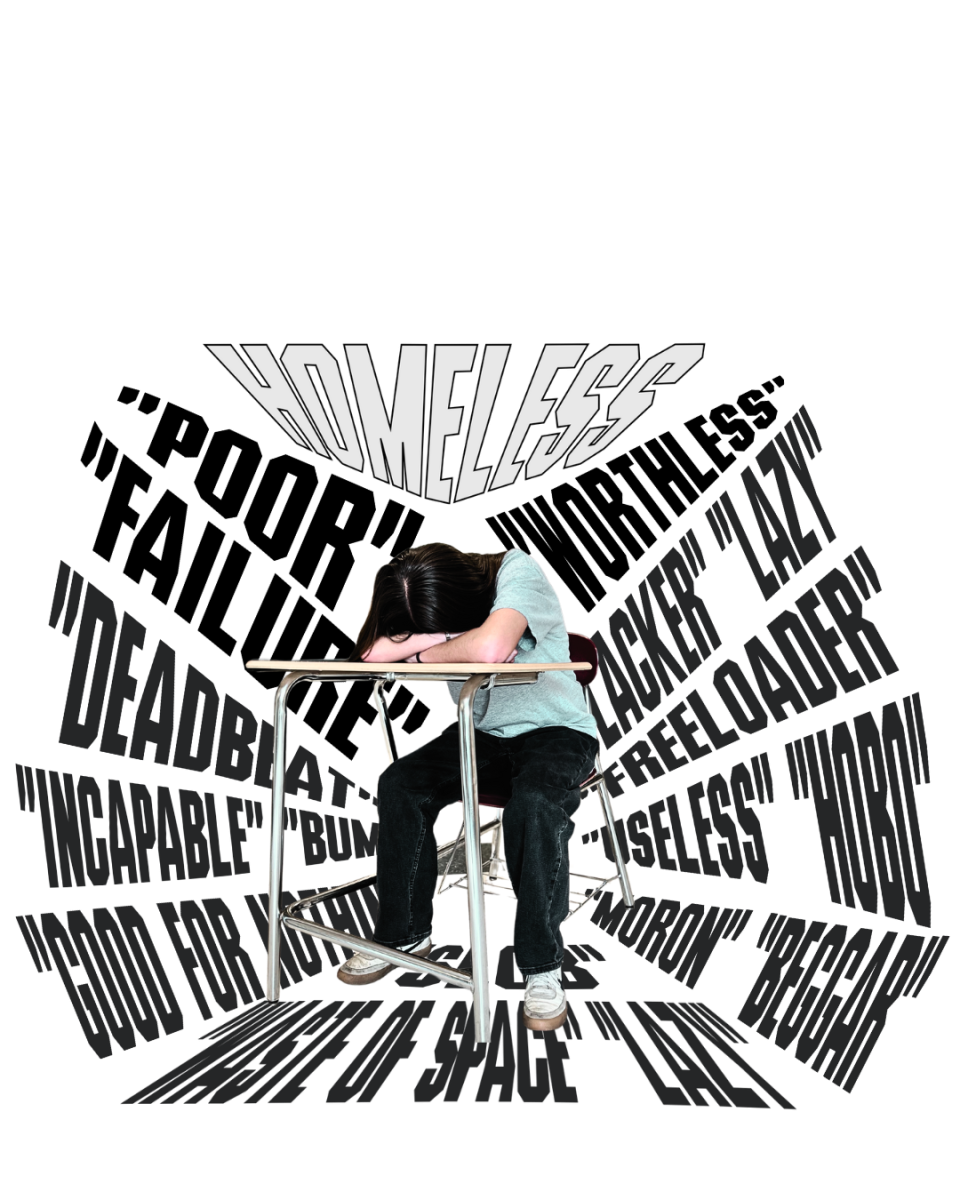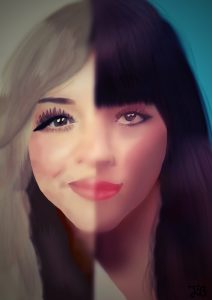TikTok harms teen mental health
May 17, 2022
This previously ran in our April 2022 print issue.
From the woah, to the renegade, to the jerk, there is no end to the dances and trends on TikTok. But as we get caught up in the fun dances and cute trends, there is a much darker side.
As we get into the new year, TikTok is still being used by over 50 million people per day. From children, to teens, to adults, as well as the elderly, TikTok has no age limit. With a community of different generations, it’s not hard to find a little something for everyone. Though in this excitement we must also discuss the negative impacts it has on teens, as well as Gen Z as a whole.
When COVID-19 first began, many used TikTok as a scapegoat and as a fun and relaxing way to take their mind off of the craziness of the virus. Being home alone for so much of 2020, it’s no surprise that the daily TikTok viewer count went from 381 million to 700 million in just one year, according to Techcrunch.com. With these increasing numbers, this can also lead to more unwanted content. As far as mental health issues go, TikTok has been a great contributor.
From physical to mental issues, one struggle that these both check off are the variety of eating disorders. A study of the relationship between media and eating disorders among undergraduate college students found that media exposure predicted disordered eating symptomatology, drive for thinness, body dissatisfaction and ineffectiveness in women, and endorsement of personal thinness and dieting in men, according to the National Library of Medicine National Institutes of Health. But why is this applied to TikTok specifically? Due to the easy access to frequent short, under 3-minute videos, the constant unwanted content is inevitable. With other social media platforms, like Instagram or Facebook, they include some sort of explore/ recommended page, which are programmed to provide you with content you already like. With TikTok, this is not an option. Though there is a “for you” page, this doesn’t prevent unwanted content from sprouting.
This “for you” page broadens people’s horizons, but it also welcomes unwanted content, many of which include body types/images that are unrealistic to many people, especially young teens or adolescents. Bridget Todd, a spokesperson for UltraViolet, a women’s advocacy group, said that TikTok, compared with Instagram, may actually be “more dangerous” because of the demographics of its users. The video app surpassed one billion active monthly users in September, 60% of whom are between the ages of 16 and 24.
In addition to negative body issues, the number of filters available on TikTok can greatly affect and contribute to facial dysmorphia. Filters like “natural beauty” and “cute makeup,” in addition to adding fake mascara and eyeliner, also completely morph your face, creating false expectations for preteens and young adults. Expanding on the idea of facial filters, there is a filter that has been floating around the platform called, “exhausted me,” which has been negatively talked about as a way of reminding recovered patients with eating disorders of a time in their life when they weren’t receiving enough nutrients, which can be extremely harmful and triggering.
The false realities these filters are creating lead to a drastic increase in plastic surgery numbers, especially in the last few years over the pandemic. According to the American Society of Plastic and Reconstructive Surgeons (ASPS), in 2020, nearly 230,000 cosmetic surgeries and nearly 140,000 non-invasive cosmetic procedures were performed on teens ages 13-19. These filters make young teens feel that they need to look like these filters regularly, when in reality these filters greatly affect your overall face shape, not just individual features.
Many will argue that TikTok is a voluntary social media app, as well as all social media in general, but it goes much further than that. Social media can be used as an escape from reality, a reality that many are addicted to. Though overall TikTok can be a great way to pass time and find amusing content, there can be content many can be exposed to, most of the time unwillingly. But does the triggering and harmful videos outweigh the jokes and entertaining content?










